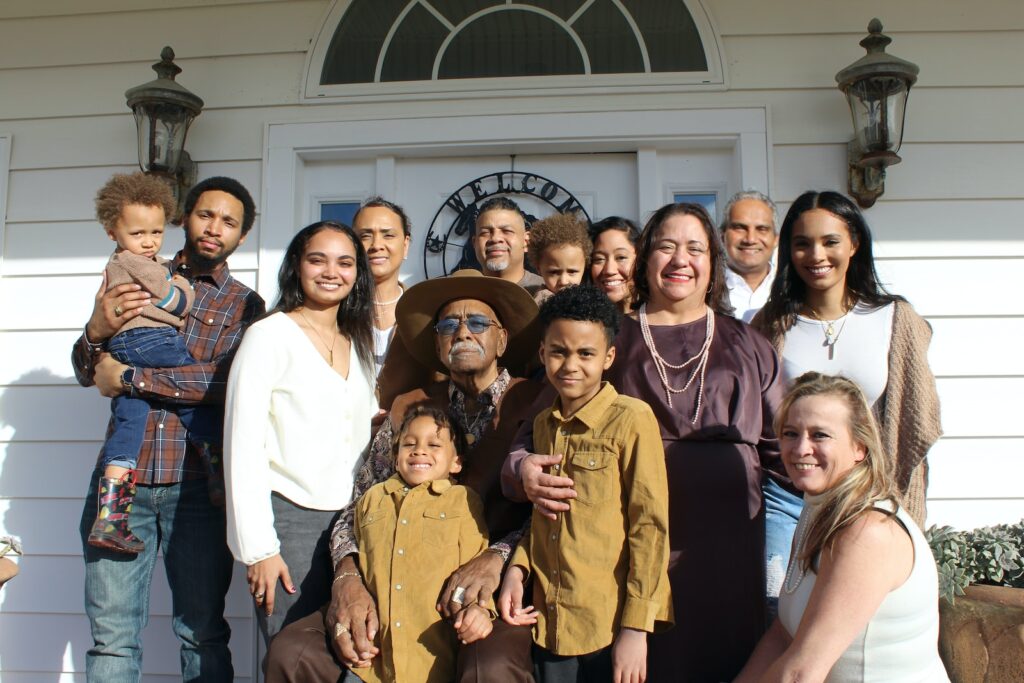The Shift Towards Multigenerational Living: Benefits and Challenges
Introduction
As our population continues to age, more and more families are turning to multigenerational living as a way to provide support and care for their aging family members. This shift towards multigenerational living can bring a variety of benefits to the family, such as increased financial stability, more shared responsibility, and a greater sense of connection and support.
However, it can also bring with it a variety of challenges, such as generational differences, a lack of privacy, and the potential for conflict. In this blog, we will explore the benefits and challenges of multigenerational living, and provide tips and strategies for making it work.
What is Multigenerational Living?
Multigenerational living is on the rise. This living arrangement, which involves more than two generations living in the same household, has become increasingly popular in recent years. This is largely due to the “boomerang generation” of young adults who return to their family home after college or after a period of living independently.
Multigenerational living offers many benefits, such as financial security and intergenerational care. Financial security is an important factor for many families, and multigenerational living can provide much needed relief. By sharing the costs of housing, groceries, and other expenses, families can save money and reduce their financial stress.
Additionally, by pooling their resources, families can often afford a larger and nicer living space than they would be able to purchase on their own. Intergenerational care is another benefit of multigenerational living. With multiple generations living together, older family members can provide a source of support and guidance for younger members. Grandparents can share their wisdom, and adult children can help with childcare and other tasks.
This can provide a great opportunity for families to strengthen their bonds and create lasting memories.
Benefits of Multigenerational Living
The shift towards multigenerational living is becoming increasingly popular for a variety of reasons.
For one, it provides families with the support they need to stay financially stable, as multiple generations can share the costs of living. Additionally, multigenerational living allows for companionship and the exchange of knowledge between generations. Grandparents can share their wisdom and experiences with their grandchildren, and parents can provide their children with guidance and support.
This type of living arrangement can be beneficial for both the younger and older generations, as it provides them with a sense of security and stability. Furthermore, it allows families to stay connected and build lasting relationships with one another.
Challenges of Multigenerational Living
Living in a multigenerational household can be a rewarding experience, but it can also come with its own set of challenges.
Financially, having multiple generations under one roof can offer significant benefits. For example, sharing the costs of a mortgage or rent can help make living expenses more manageable. Additionally, pooling resources can help to reduce the burden of household chores and errands.
In terms of space, having multiple generations in one home can be a challenge. Finding enough room for everyone, while also allowing for privacy, can be difficult. To make this work, it’s important to have clear boundaries and respect each other’s space. Additionally, it’s important to have clear expectations and communication about who is responsible for what tasks.
Finally, living in a multigenerational household can provide opportunities for socialization. This can be especially beneficial for older generations who may not have the same access to social activities outside the home. By living together, family members can share stories, recipes, and traditions, helping to strengthen the bond between generations.
Understanding Intergenerational Dynamics
The trend of multigenerational living is on the rise, and with it come a number of advantages and disadvantages. For those who are considering taking the plunge, it is important to understand the social and financial benefits of living with multiple generations of family members.
One of the most notable advantages of multigenerational living is the social benefits it provides. Families who live together experience increased levels of support, connection, and understanding. With multiple generations in the same household, there is an increased opportunity for mentorship, guidance, and companionship.
Additionally, multigenerational living can provide a sense of security for all members of the household. On the other hand, there are also some financial disadvantages to consider. Multigenerational living often requires larger living spaces, which can be costly. In addition, households with multiple generations may require additional resources such as food and utilities, which can be a strain on the budget.
Overall, multigenerational living offers both advantages and disadvantages. Those who are considering taking the plunge should weigh the social and financial benefits before making a decision.
Ways to Manage Generational Conflicts
In today’s society, it’s becoming increasingly common for multiple generations to be living under the same roof. While this can be a great opportunity to strengthen family bonds, it can also lead to generational conflicts. To ensure that all members of the family can live in harmony, communication, respect, and compromise are key.
Communication is essential for managing generational conflicts. Taking the time to listen to and understand each other’s perspectives can help to bridge the gap between generations.
Respect is also an important factor in any relationship, and it’s especially important when managing generational conflicts. Acknowledging and respecting the opinions of each generation can help to create a strong foundation for positive relationships.
Finally, compromise is necessary when managing generational conflicts. It’s important to remember that no two people will ever agree on everything, and that’s okay! Working together to find a solution that works for everyone can help to foster a healthy environment in any multigenerational home.
By implementing communication, respect, and compromise, managing generational conflicts can be made much simpler.
Tips for Creating a Positive Multigenerational Living Space
Creating a positive multigenerational living space requires respect, communication, and understanding from all parties involved.
Respect is key in any living situation, but especially when there are multiple generations living together. Everyone should be mindful of the needs, feelings, and opinions of those around them. Communication is also essential in a multigenerational home. All members of the household should make sure to voice their opinions, feelings, and concerns in a respectful manner. Lastly, understanding is crucial. Everyone should make an effort to understand the perspectives of those around them, and be open to learning from each other.
By incorporating respect, communication, and understanding into a multigenerational home, everyone can benefit from the unique experience of living with multiple generations.
Conclusion
In conclusion, multigenerational living can have many benefits for families, such as providing emotional support and financial resources.
However, it is important to understand the generational differences that can arise and to create a positive multigenerational living space. To do this, it is essential to manage generational conflicts, create boundaries, and learn how to communicate effectively with family members of different generations.
With the right strategies, multigenerational living can be a rewarding experience for everyone involved. We encourage readers to take action and start the conversation with their family members about multigenerational living.
By understanding the challenges and benefits, families can create a positive living space that is beneficial for everyone involved.
Frequently Asked Questions
Q1: What is multigenerational living?
A1: Multigenerational living is when two or more generations of a family live together in the same home. This type of living arrangement is becoming increasingly popular as families look for ways to provide support to each other in a cost-effective way.
Q2: What are the benefits of multigenerational living?
A2: Multigenerational living can provide a number of benefits, including increased financial stability, greater emotional security, and access to a larger support network. It can also help family members to gain a better understanding of each other and learn from each other’s experiences.
Q3: What are the challenges of multigenerational living?
A3: Multigenerational living can come with its own set of challenges, such as managing different generational values and expectations, maintaining privacy, and creating a balance between independence and support. It is important to be aware of these potential challenges and take steps to address them.
Q4: How can I understand intergenerational dynamics?
A4: To better understand intergenerational dynamics, it is important to be aware of the different values, beliefs, and experiences of each generation. Taking the time to listen to each other and learn from each other can help to bridge the gap between generations.
Q5: What are some ways to manage generational conflicts?
A5: To manage generational conflicts, it is important to be open to different perspectives and to have honest conversations about expectations and boundaries. It may also be helpful to create a shared set of rules and guidelines that everyone can agree on.
Q6: What tips can I use to create a positive multigenerational living space?
A6: To create a positive multigenerational living space, it is important to be respectful of each other’s privacy and space. It is also important to create a sense of shared responsibility and to make sure that everyone’s needs are being met.
Q7: What are some resources available for families considering multigenerational living?
A7: There are a number of resources available for families considering multigenerational living, including books, online articles, and podcasts. Additionally, there are organizations and support groups that can provide guidance and advice on how to make multigenerational living a success.
Did You Know?
EarlToms would like to make an offer on your house. We pay cash so you won’t have any appraisals, home inspections, agent commissions, or closing fees typically associated with selling your house to EarlToms. If you want to sell your house, in a hassle-free way, simply fill out the form to get started.


